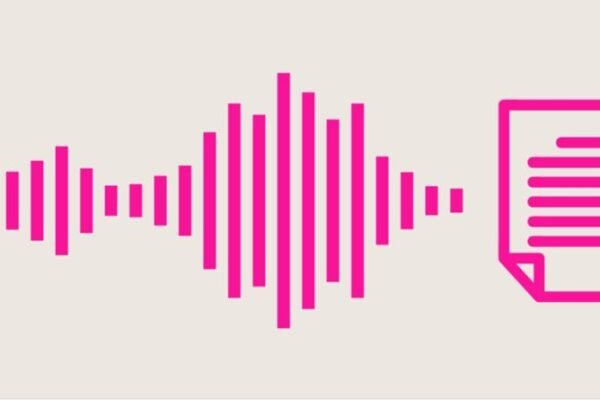Why You Should Use the Fresh Start Feature in Windows 10 Creators Update
If you’ve ever considered reinstalling Windows 10 to fix problems you’re having with your system, you probably already know that doing so isn’t as simple as it used to be. Fortunately, Windows 10 now has the Fresh Start feature that allows you to wipe your system clean and start fresh without the lengthy installation process of previous versions of Windows. Learn about this cool new feature and why it might be exactly what you need to finally get your PC running smoothly again!
Step 1: Check your PC if it supports the fresh start feature
If your device is running on Windows 10, you can use the new feature called Fresh start. This feature helps to refresh your device and set it back to its original state. It removes all of your apps, settings and files. To check if this feature is supported on your PC, go to Settings > System > About and look for Windows Edition. If it says Windows 10 then you can use this feature.
Step 2: Get details about fresh start and read what you should do
Windows 10 has a new feature called Fresh start. This feature helps you remove all your files and programs, as well as set your PC back to its original state. The idea behind this is that it’s for people who are upgrading their devices or who want to sell their devices. If you’re just looking for a way to reset your PC, there are other ways to do that.
Step 3: Restart your PC using this tool
If you’re thinking about giving your PC a fresh start, here are some things to consider before you begin. It’s important to back up any files or folders on your computer that you want to save before proceeding. Additionally, if you want to keep these files and folders private after resetting your PC, we recommend encrypting them with BitLocker before doing anything else. To do this:
- Press Windows Key + I to open Settings.
- Click BitLocker on the left side of the window. -On the right side of the window under Encrypt drives and protect data, click Turn On BitLocker.
- If prompted for a password or smartcard PIN, enter it and click OK. -After confirming encryption will take place when necessary (for example when saving new data), click Enable BitLocker at this time.
Step 4: Check out your brand new desktop.
- Your fresh desktop is now ready to use!
- It’s time to personalize your PC by installing your favorite apps, tweaking settings, and adding or removing features.
- And don’t forget to sign-in with a Microsoft account. If you don’t have one, create one now.
Section 5a: Restore default settings
The fresh start feature is a very useful tool for those who want to start with a clean slate on their computer. This function erases all user data and resets your settings back to default. This can be done by going to Settings>Update & Security>Recovery and selecting Get Started under Reset this PC.
5b) Uninstall preinstalled apps
Windows 10 includes many apps that you might not need or want. To uninstall these preinstalled apps, open Settings and click System > Apps & Features. There you’ll see a list of all the apps installed on your device. Click each one to uninstall it individually. Some apps can’t be uninstalled like this; however, if you’re trying to remove an app that can’t be uninstalled, use the Uninstall button on its page.
Your PC may have come with other pre-installed software too, like Microsoft Office and Cortana. While they cannot be uninstalled, they can be disabled temporarily so they do not run when opening up new programs like Word or Edge. Just open Settings and click Search & Cortana > Turn off Cortana and Microsoft Office 2016 Preview (or whichever version of Office you have) under Updates & Security.
6) Delete personal data from your previous session
Windows 10 has made it easier to start fresh with its new Fresh Start feature. It allows you to quickly delete your personal data from your previous session, giving you a blank slate that’s ready for whatever comes next. All of your installed apps will be available for reinstalling, and any saved files will be back where they belong—but only if you’re running Windows 10 Fall Creator’s Update or later.









